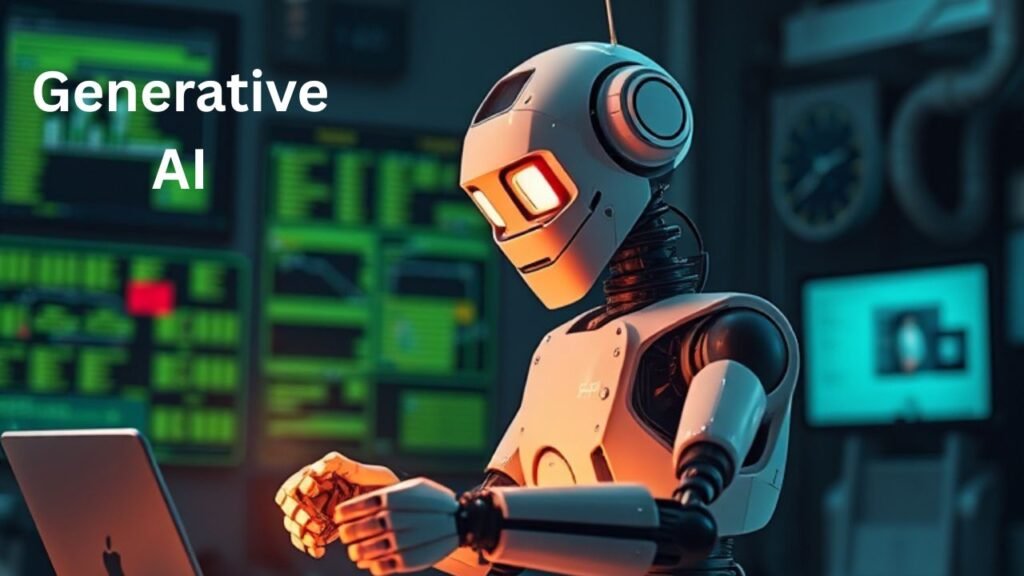🌟 What Is Generative AI?
Generative AI (GenAI) is a type of artificial intelligence that can create new content—like text, images, music, or video—based on what it’s learned from large data (like books, photos, or videos). For example, it can write stories, draw pictures, or even make short video clips.
Why It’s Different
-
Traditional AI predicts or classifies (e.g. labeling images).
-
Generative AI produces original content in response to your prompts, making it more creative and flexible
🤖 How Does It Work?
Generative AI uses large neural networks (like GPT, Gemini, or Stable Diffusion) trained on huge datasets. These networks learn patterns (e.g., how words form sentences) and then use that knowledge to generate new, similar content
📅 Cool Examples You Can Use Today
-
ChatGPT – chat with it to write stories, essays, or emails
-
DALL·E / Midjourney / Recraft – create images from a text prompt like “a happy dog playing”
-
Veo 3 / Adobe Firefly Video Model – generate short videos with audio from text prompts
-
Suno AI – generate music with vocals or instruments by typing a description like “calm evening jazz”
🛠️ Real-Life Uses Across Industries
| Industry | How It’s Used |
|---|---|
| Healthcare | Drug discovery, medical images,
personalized treatment plans |
| Finance | Fraud detection, investing tips, risk reports |
| Marketing & Retail | Automated content,
personalized campaigns, SEO writing. |
| Entertainment | Video games, music,
filmmaking with AI tools like Veo3, Firefly, Midjourney |
| Education | AI tutors, personalized quizzes, and learning materials |
🎥 Recent Progress & Trends
-
AI in film: Tools like Google Veo3, OpenAI’s Sora, and Midjourney are transforming short film creation—faster and cheaper
-
Sound effects by AI: Adobe’s Firefly now generates realistic audio from text descriptions, ideal for video editing
-
Gaming: On Steam, around 7% of games use generative AI (like for art, music, or story)
💡 Why It Matters & What to Watch
-
Huge economic impact: Generative AI could add trillions to the global economy and automate many tasks
-
Ethical challenges: Concerns include copyright, deepfakes, job shifts, and data privacy
-
Regulation & ethics: New laws will require clear labeling, transparency, and fairness in AI use
🚀 Getting Started: Beginner Tips
-
Try ChatGPT or Google Gemini for simple writing or chat tasks
-
To make images, use DALL·E, Midjourney, or Recraft with short descriptions.
-
For video, explore Veo 3 or Adobe Firefly.
Prompt tips: be clear, add details, and check the results. Always check facts and protect your privacy when using AI
🔚 Final Thoughts
Generative AI is like a magic helper—it can inspire, speed up creative work, and open new possibilities. But it’s important to use it smartly, ethically, and wisely. For beginners, it’s exciting to experiment—and always good to double-check and think about how it affects real people and society.
